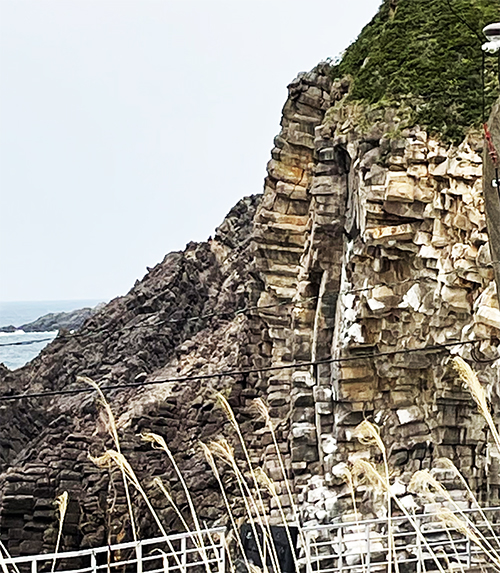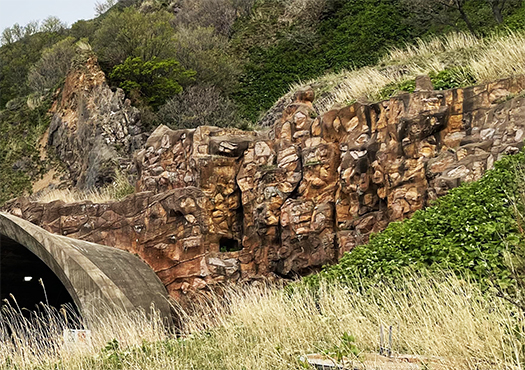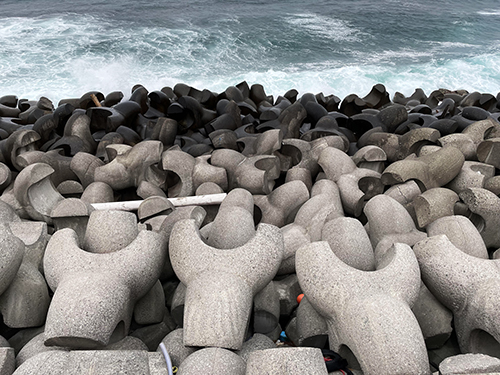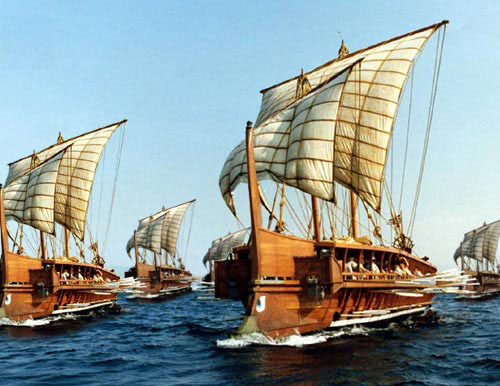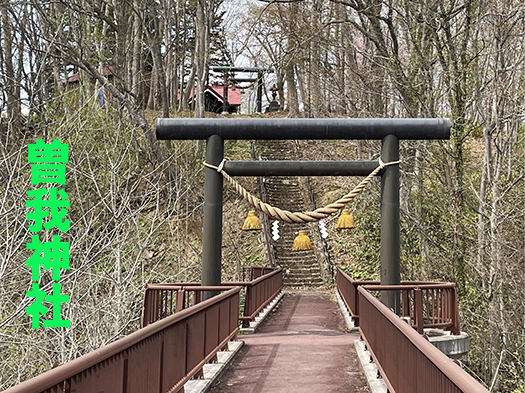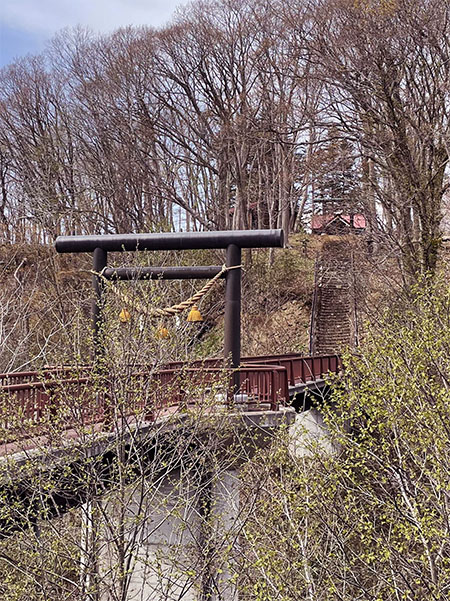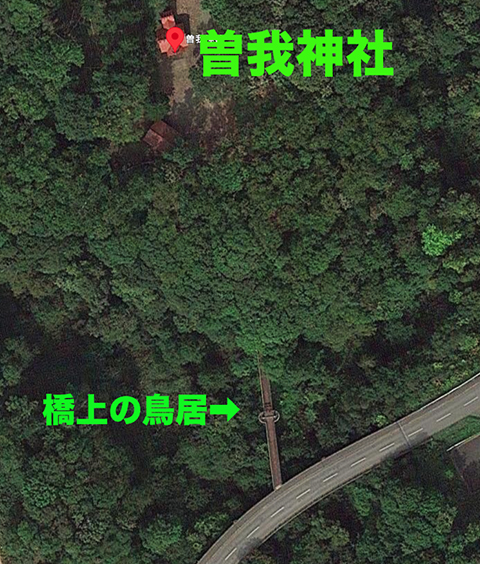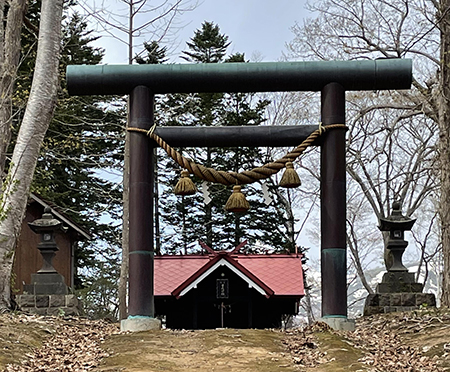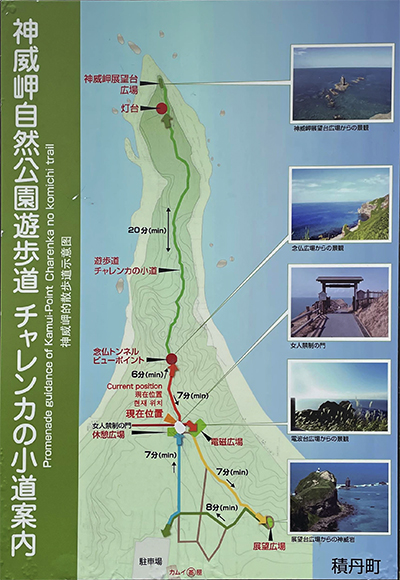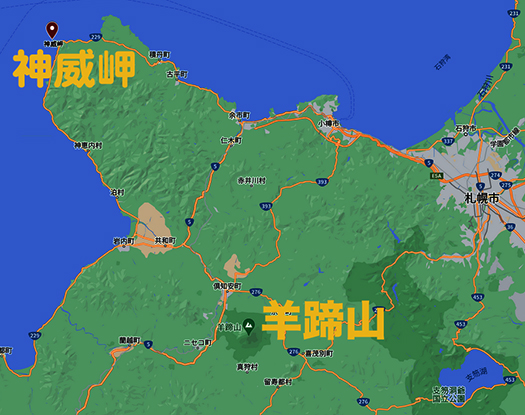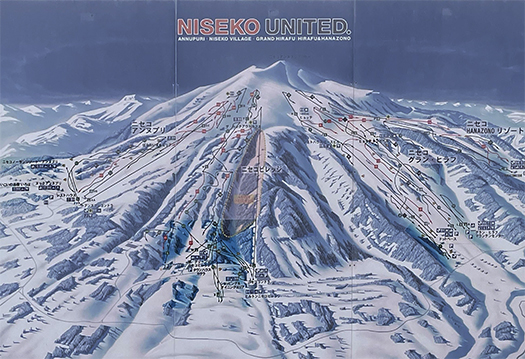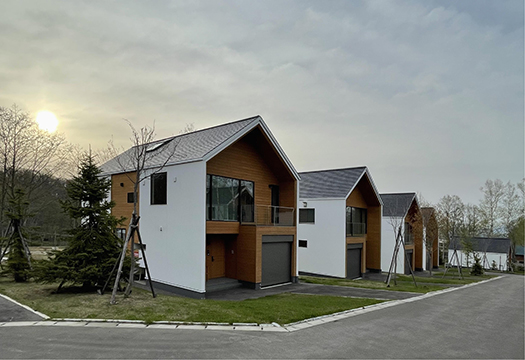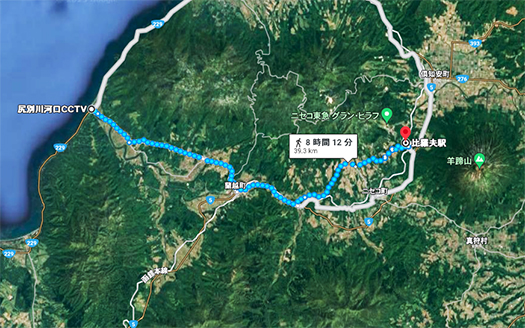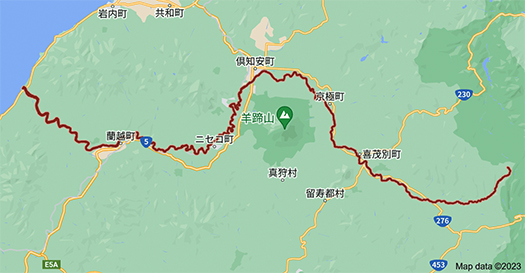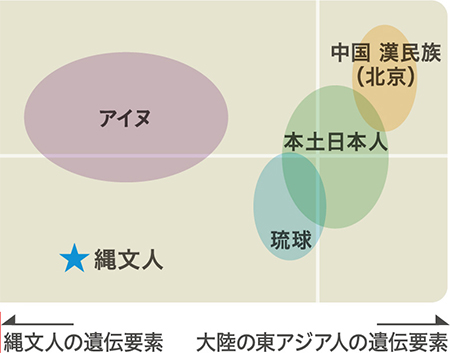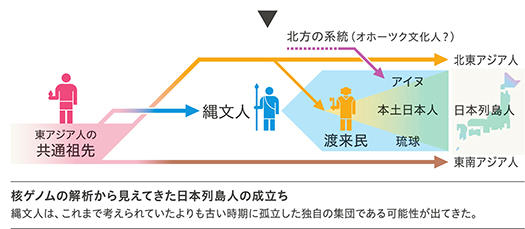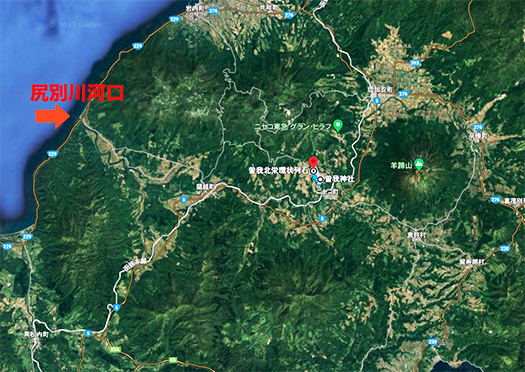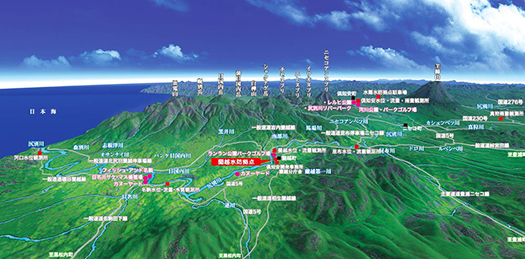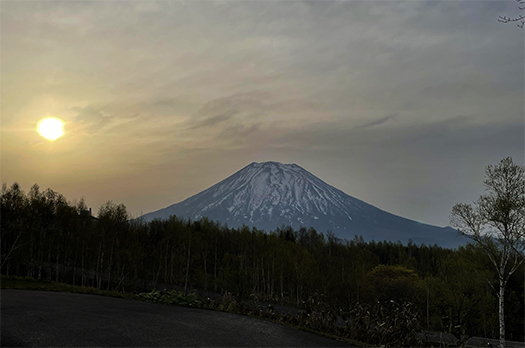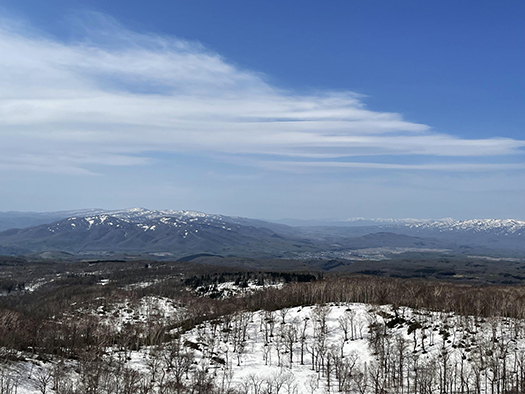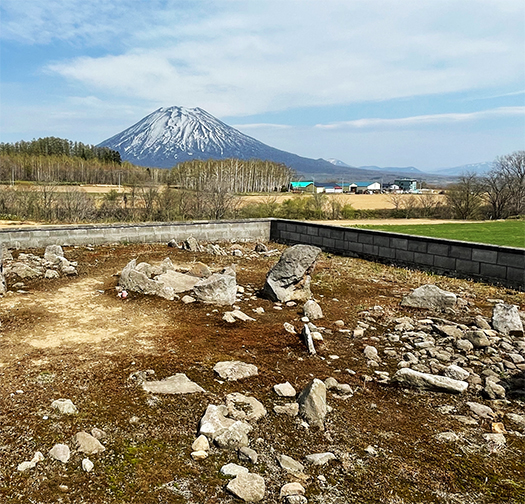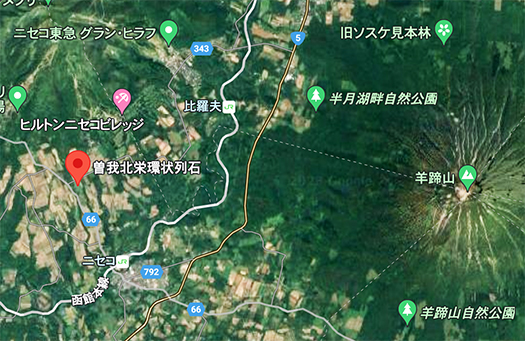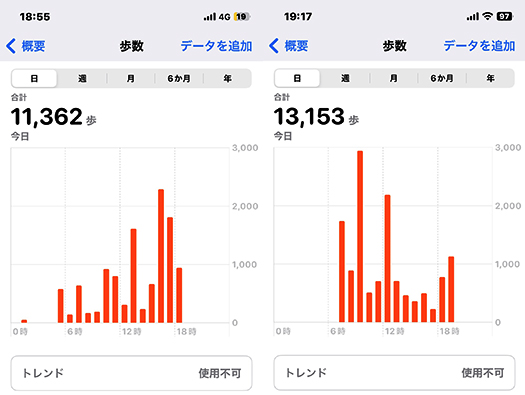
今回出張はホテルと東京ビッグサイトとの往復がメイン。弊社も新事業として取り組んでいるAI活用の事例発表を提携先が行っているので、その状況を参観しながら、今後の方向性のメガトレンドを体感しておきたいということが主眼です。AI・人工知能EXPO関係では現状の動向について、巨視的な筋理はすこしおぼろげながら、というところ。日本人にとってAIは令和の時代に訪れた「黒船」みたいなもののように思えます。1日目の講演では参加者がすごい人数。退場するのにエリア分けしなければならないほどの活況。こういう黒船型のショック対応は日本は得意だと思えますが、さて。
でもその他大きな狙いは、ウォーキング運動効果(笑)。
東京に出張すると、とにかくよく歩かされる。札幌にいると基本的にはデスクワーク中心なので意図的に早朝の時間に目的的に早歩き散歩が欠かせません。ふつうのビジネス移動もオフタイムもほぼクルマでの移動が中心。それに対して東京では公共交通が発達しているので、その乗降移動でほぼ完結することが可能。しかし、その手段へのアクセスはほぼウォーキング。
で、その移動交通の間、大量のリアル情報が無数に目に飛び込んでくる。一定の既視感と同時に「あれ、こんなことが起こっている」みたいな情報がどんどんあっちからやってくる。短時間集中的にこうした情報洪水と接することで生来の気性、好奇心がどんどん深まっていくのですね(笑)。
で、それにグリコのオマケ的に強迫的にウォーキング運動がついてくる。カミさんは運動不足解消のために任天堂のゲームに命令され続けていますが、はるかに自然な人間営為。
ふだんの札幌での散歩歩数は、だいたい7-8000歩程度に抑えているのですが、さすがに刺激の多い東京では連日1万歩越えが続いております。このなかでさらに食事についても、なるべく食事改善型のメニュー構成をアタマのなかで企画構成しております。やむなく外食ということになるので、その時間帯で選択可能な中で、注意深く選別するようにしている。
ということで、足の筋肉は各所からやや悲鳴っぽい叫び声。ホテルでの休息時にはストレッチで肉体疲労の沈静化に取り組んでいます。さて本日はふたたび東京ビッグサイトへ(笑)。頑張りたいと思います。ではでは。
English version⬇
Tokyo is a sacred place for walkers?
The number of steps I take every day exceeds 10,000. It’s an environment where curiosity comfortably stimulates my body, such as public transportation transfers and scurrying activities at event venues. …
This business trip is mainly a round trip between the hotel and Tokyo Big Sight. The main purpose of this trip was to visit the AI/artificial intelligence EXPO, where our partner company is presenting a case study of AI utilization, which we are also working on as a new business, and to experience the mega trend of the future direction of AI, I am not sure what to think about the current trends. The first day’s lectures had a huge number of participants, so much so that we had to separate the area for exit. The first day’s lecture was so well attended that we had to divide the audience into several areas to leave the venue. Japan seems to be good at dealing with this kind of “black ship” type shock, but we’ll see.
But the other big aim was the walking exercise (laughs).
When I go on business trips to Tokyo, I am forced to walk a lot anyway. When I am in Sapporo, I am basically working at my desk, so I have to intentionally take a purposeful early morning walk. In general, business travel and off hours are almost exclusively by car. In contrast, Tokyo has a well-developed public transportation system, so it is possible to complete almost all of your travel by getting on and off that system. However, access to that means is almost always walking.
And during that transportation, a great deal of real information pops into one’s eyes countless times. With a certain sense of déjà vu, information like, “Hey, this is happening,” keeps coming from over there. By being in contact with this flood of information for a short time in a concentrated manner, my innate temperament and curiosity are deepened and deepened (laughs).
And with it comes the compulsive walking exercise, like a Glico omake. My wife keeps ordering me to play Nintendo games to get exercise, but it is a much more natural human activity.
In Sapporo, I usually keep the number of steps to about 7-8,000, but in Tokyo, where there is a lot of stimulation, I am walking more than 10,000 steps every day. In addition, I am planning and composing a menu that improves my diet as much as possible. Since I have no choice but to eat out, I try to select carefully among the options available at that time of the day.
So, the muscles in my legs are screaming somewhat screamingly from all parts of my body. I am working on calming down the physical fatigue by stretching when I rest at the hotel. Well, today I am going to Tokyo Big Sight again (laughs). I will do my best. Good bye.
Posted on 5月 13th, 2023 by 三木 奎吾
Filed under: こちら発行人です | No Comments »


